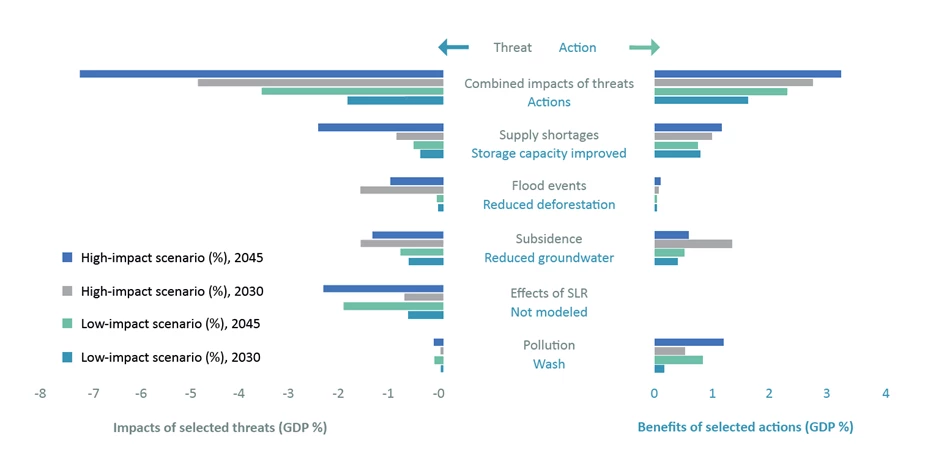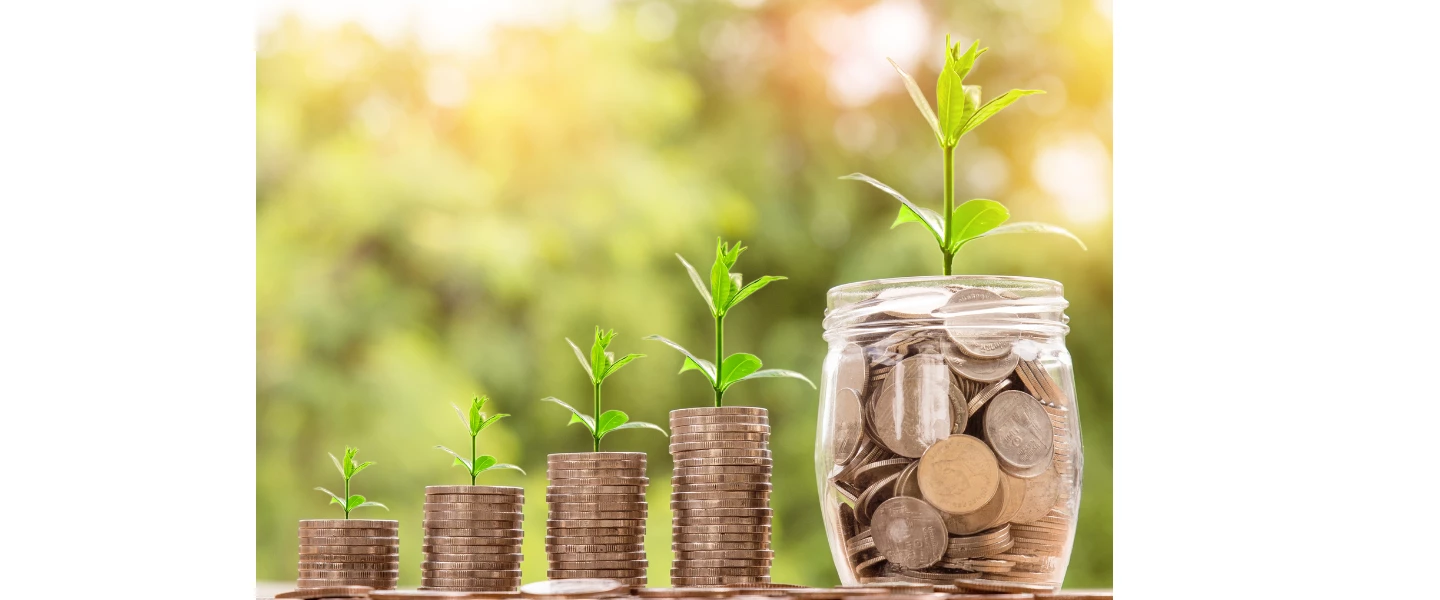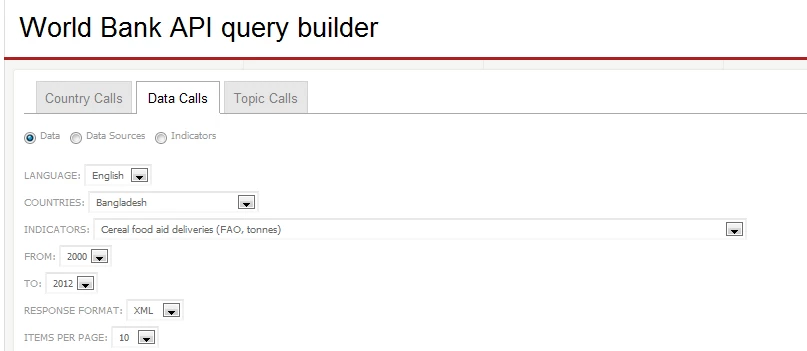 Infrastructure is one of the most important forces driving economic growth and poverty reduction. Yet Africa’s infrastructure networks lag increasingly behind those of other developing countries in providing telecom, electricity, and water supply and sanitation services. Two-thirds of the population in the region lacks access to electricity and five out of six people don't have access to piped water. The people and industries that do have services pay twice as much as those outside Africa, further reducing regional competitiveness and growth. As cities continue to flood with migrants looking for better economic opportunities, power and water utilities are being challenged to improve the services offered to existing and new users. Given scarce resources and competing development priorities, it is essential to establish ways of using resources (and knowledge!) more effectively.
Infrastructure is one of the most important forces driving economic growth and poverty reduction. Yet Africa’s infrastructure networks lag increasingly behind those of other developing countries in providing telecom, electricity, and water supply and sanitation services. Two-thirds of the population in the region lacks access to electricity and five out of six people don't have access to piped water. The people and industries that do have services pay twice as much as those outside Africa, further reducing regional competitiveness and growth. As cities continue to flood with migrants looking for better economic opportunities, power and water utilities are being challenged to improve the services offered to existing and new users. Given scarce resources and competing development priorities, it is essential to establish ways of using resources (and knowledge!) more effectively.

Utilities are on the frontlines of water and electricity services in urban areas . We have hundreds of such organizations in the region with a kaleidoscopical set of arrangements. Varied ways of measuring utility performance require different types of data and observation, which yield quite subjective conclusions about the level of performance. Unfortunately, reliable and complete data is a major challenge for both the energy and water sectors. It is hard to improve performance without having reliable data and basic reporting mechanisms in place that are available to the public — externally audited financial statements are often missing, for example. Utilities themselves do not always collect basic performance data; this is especially challenging in the case of the energy sector, which does not report on service quality at the end-user level.
Defining and measuring performance and better understanding the drivers for these outcomes is critical for service delivery as well as for identifying areas for improvement. These topics are discussed in four World Bank Group studies published in 2016.
- Performance of water utilities in Africa: A Status Report, led by Caroline van den Berg and Alexander Danilenko
- Improving the Performance of Sub-Saharan Africa Electricity Utilities, led by Pedro Antmann
- Providing Water to Poor People in African Cities Effectively: Lessons from Utility Reforms, led by Chris Heymans
- Making Power Affordable for Africa and Viable for Its Utilities, led by Masami Kojima and Chris Trimble
- The operation and management of utilities in Sub-Saharan Africa are characterized by big similarities in several business areas, but significant differences in others. Both electricity and water utilities are responsible for the expansion, rehabilitation and upgrade of the infrastructure they operate. However, the largest cost item for energy is power generation, while for water it is network infrastructure (rather than potable water generation). But there are also significant differences. This has significant implications on how investments are targeted as well as on the incentives for reducing leakages of water and electricity. Additionally, tariffs in water users are anticipated to just cover operation and maintenance expenses while those for electricity are expected to also cover capital investments. Customers can have water storage at the household level and access to alternative water sources. In contrast power storage is limited so utilities have to balance supply and demand in real time.
- Overall, the performance of water and electricity utilities in Sub-Saharan Africa is low, but there are some relatively well-performing utilities on the continent on par with the best performers in other regions. Sub-Saharan African water utilities have been able to slowly improve water coverage , but overall piped water coverage stands at only 15 percent. Access to sewer services is in its infancy in Africa, with very few utilities providing such services. Nonrevenue water in the region decreased almost 15 percent from 2005 to 2014, from 30 to 25 percent, and staff productivity (measured by the number of employees per 1,000 connections) improved from around 7.8 to 5.6. The average number of hours of service per day for water supply also increased 7 percent in the same period, from 18.7 hours to 20 hours per day. We see similar trends in power utilities.
- However, even among the best-performing utilities, performance Vis a Vis the customer is relatively weak. Customer performance is not very well developed in Sub-Saharan African utilities . Most utilities provide less than 16 hours of water per day, while, on average, energy consumers face 40 hours of supply interruption per month. Water consumers in Sub-Saharan Africa rely heavily on shared connections and public standposts. Less convenient supply leads to less consumption. Only two of the five water utilities studied sold more than 50 liters per capita per day (the minimum volume of water set by the World Health Organization to guarantee good health and hygiene).
- Well-performing utilities in Sub-Saharan Africa benefit from a strong institutional framework and norms and policies that promote transparency and accountability and protect customer interests. They are characterized by efficient, decentralized operations that are customer-oriented to provide feedback mechanisms for continual improvements. Such utilities use incentivized contracts, both external and internal, to meet key performance indicators.
Photo: Oxfam International - While not a first choice among approaches, some governments have turned crisis into catalytic opportunities to reform a utility. A catalytic event, such as a water shortage, a cholera outbreak, or change in the political landscape, can create a space for reform, but savvy political and technical leaders need to seize the opportunity to formulate a mutually beneficial partnership. Together they must help shape networks and alliances for change and start to embed the reform legacy.
- Governments are finding innovative ways to balance financial performance with affordability, especially for poor people. Because tariffs are almost always set on the basis of O&M costs, controlling costs is a major element in making the service more affordable. Several utilities have managed to both keep connection costs down for low-income consumers and help poor people manage their cash flow to continue paying for service. Innovations like flow limiters, providing a “basic needs” quantity of water for free (as in Durban), a lifeline tariff for electricity, or frequent meter readings and mobile payment mechanisms have helped achieve this. Cross-subsidizing has also enabled governments to meet both equity and financial sustainability objectives.
- Expanding water and electricity coverage is a priority and can be achieved by making utilities more efficient and targeting investments better. Expanding coverage to people other than existing customers might not be in the utilities’ mandate; hence, public investment might be needed to reach people who don’t already have connections. This is even more relevant in the context of the Sustainable Development Goals, which require a higher standard beyond improved access. Well run utilities can help in this expansion process. The utilities that were reviewed showed that they could transcend any such trade-off by providing lower tariffs for residential customers (or, as in South Africa, free water for the poorest people), or by enabling customers to pay back connection costs over time. New technologies like cellphone meter readings and payments, and the introduction of prepaid meters, have also opened ways for poor households to spread out water payments into affordable portions. The net result has been that investment needs and operational costs have been proven not to be inevitably prohibitive to extending and improving water services to poor people.
- African cities need substantial investments in water supply networks and production facilities, both for new infrastructure and for the upgrading of existing facilities. Africa needs $20 billion dollars for achieving the Water and Sanitation Sustainable Development Goals in 2030; that is three folds to current investment in the sector. Similarly, achieving universal access in electricity by 2030 will require annual investments of $1 billion a year at minimum. A combination of grants and concessional loans have assisted utilities that have reached poor people, but the utilities have also worked hard at improving operating efficiency, especially reducing non-revenue water, improving productivity, and increasing collection rates. This helped them raise new revenue, thus providing more operating cash, which in turn has enabled them to pay back loans and finance more capital investment.
Photo © Jeremy Brooks




Join the Conversation